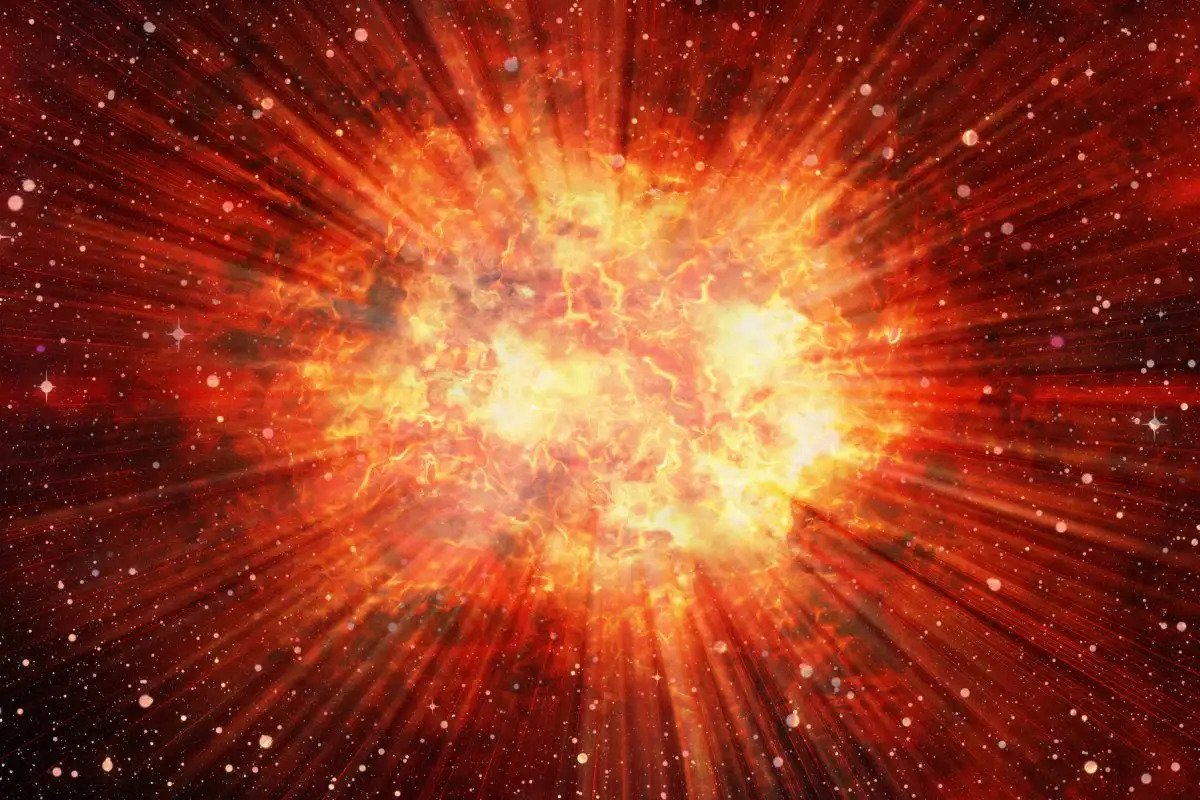Scientists have found a new type of transient, that is, short-term events in space. They are more powerful than supernovae, but they clearly do not occur with massive stars. And the time of their existence is extremely short.

Mysterious space explosions
Transient in astronomy are those events that occur within a fairly short time — from milliseconds to months, and then disappear forever. The most famous class of them are supernovae. They are also considered the most powerful type of these phenomena.
However, an international group of astronomers recently described in an article a new type of transients, which they called luminous fast cooler (LFC). One of these events was discovered during the processing of data collected by the ATLAS network of robotic telescopes. It took place in a galaxy far away from us.
At first, scientists classified it as a supernova. However, the galaxy in question has incredibly few massive stars, which should turn into supernovae. Whatever this event was, it happened to the luminaries, who simply could not explode by themselves.
Extremely fast event
Of course, in fact, the distribution of stars in the galaxy is statistical in nature. And no matter how few massive stars there are in it, just one would be enough to create a supernova. However, here scientists have discovered a second feature of the transient event, thanks to which LFC got its name.
For an explosion that eclipses millions of stars, the LFC happened incredibly fast. Usually, supernovae need at least 20 days to reach peak brightness, and then they gradually fade over several months. The same event gained its extreme brightness for only 15 days, after which it completely disappeared in just a month.
The researchers checked the records of previous observations and found two more similar events in them. The first of them occurred in 2009, and the second in 2020. This allows scientists to assert that such events are not an observation error, but really some kind of phenomenon.
Scientists honestly admit that due to a lack of data, they have no idea what LFC is. Their best guess right now is that these are collisions of stars with black holes. If this is the case, then they can be considered as a certain form of tidal disruption event.
According to phys.org
Follow us on Twitter to get the most interesting space news in time
https://twitter.com/ust_magazine

